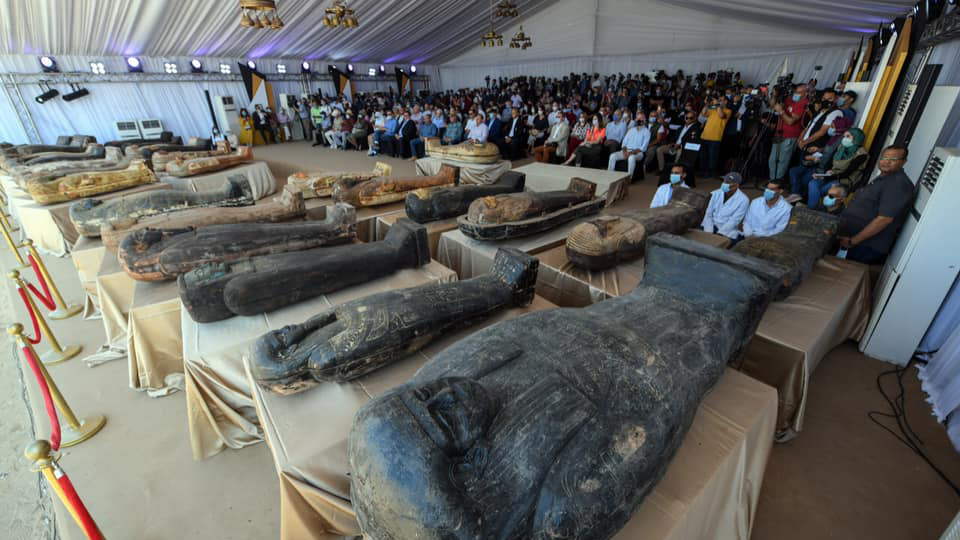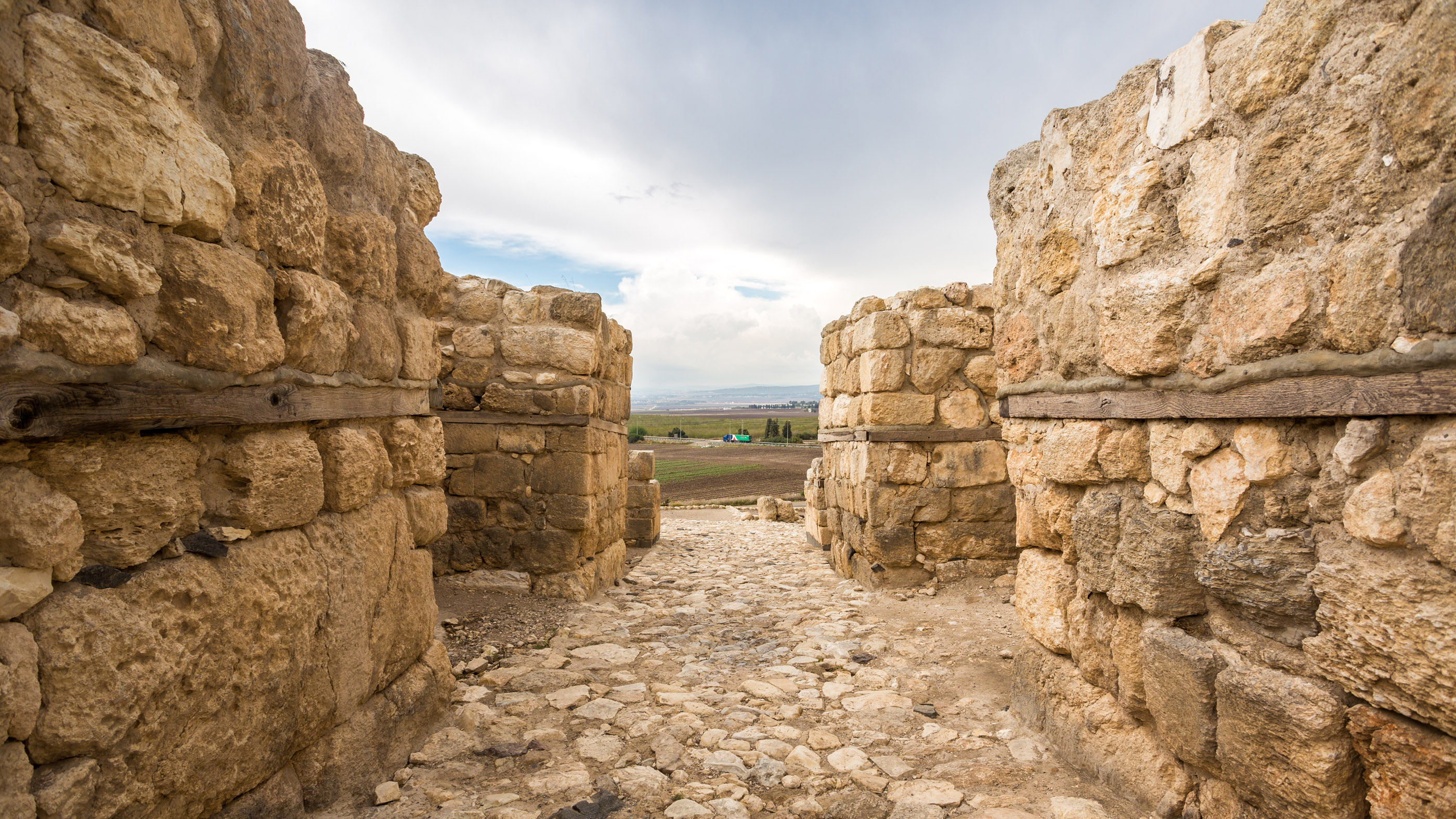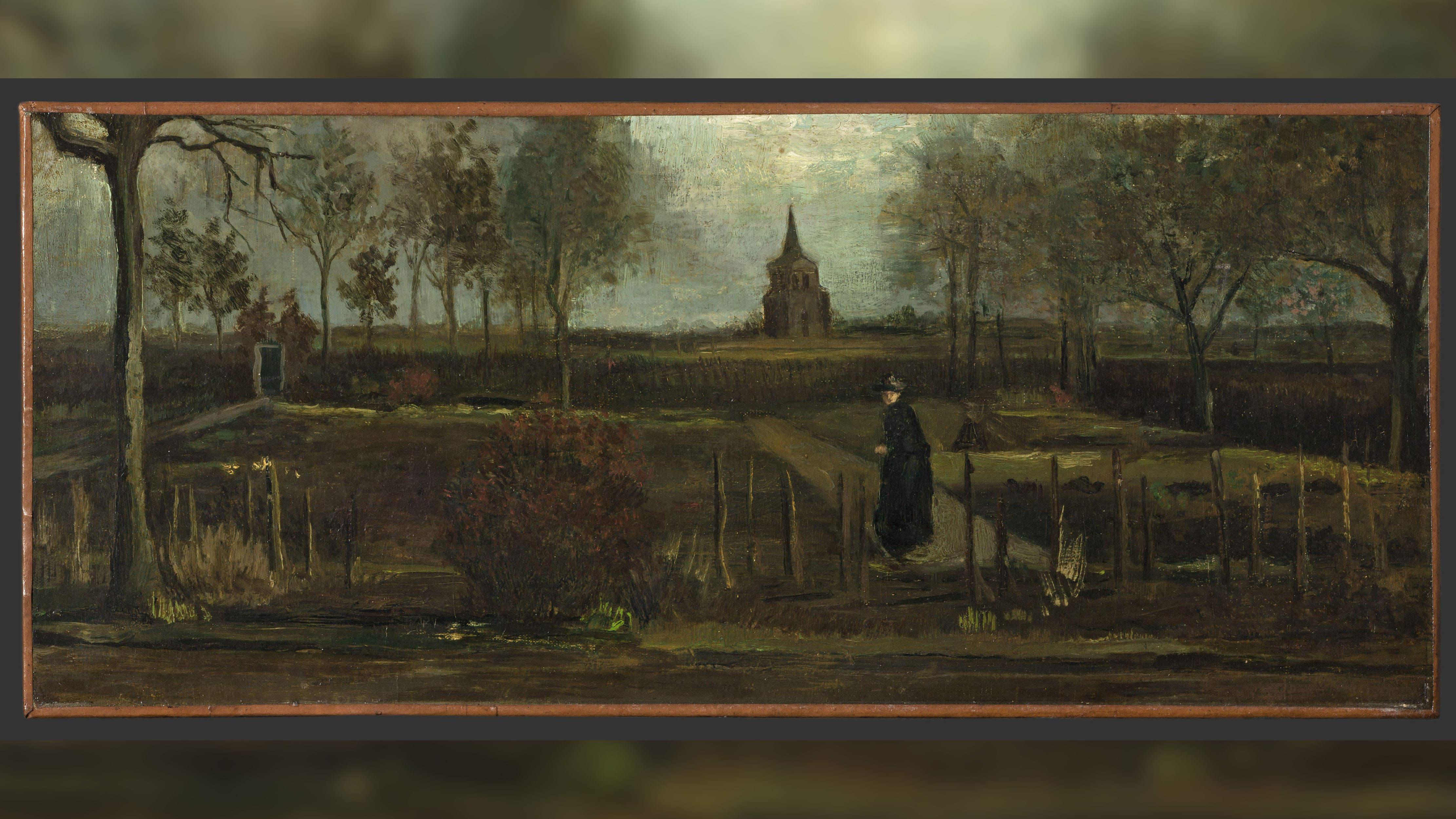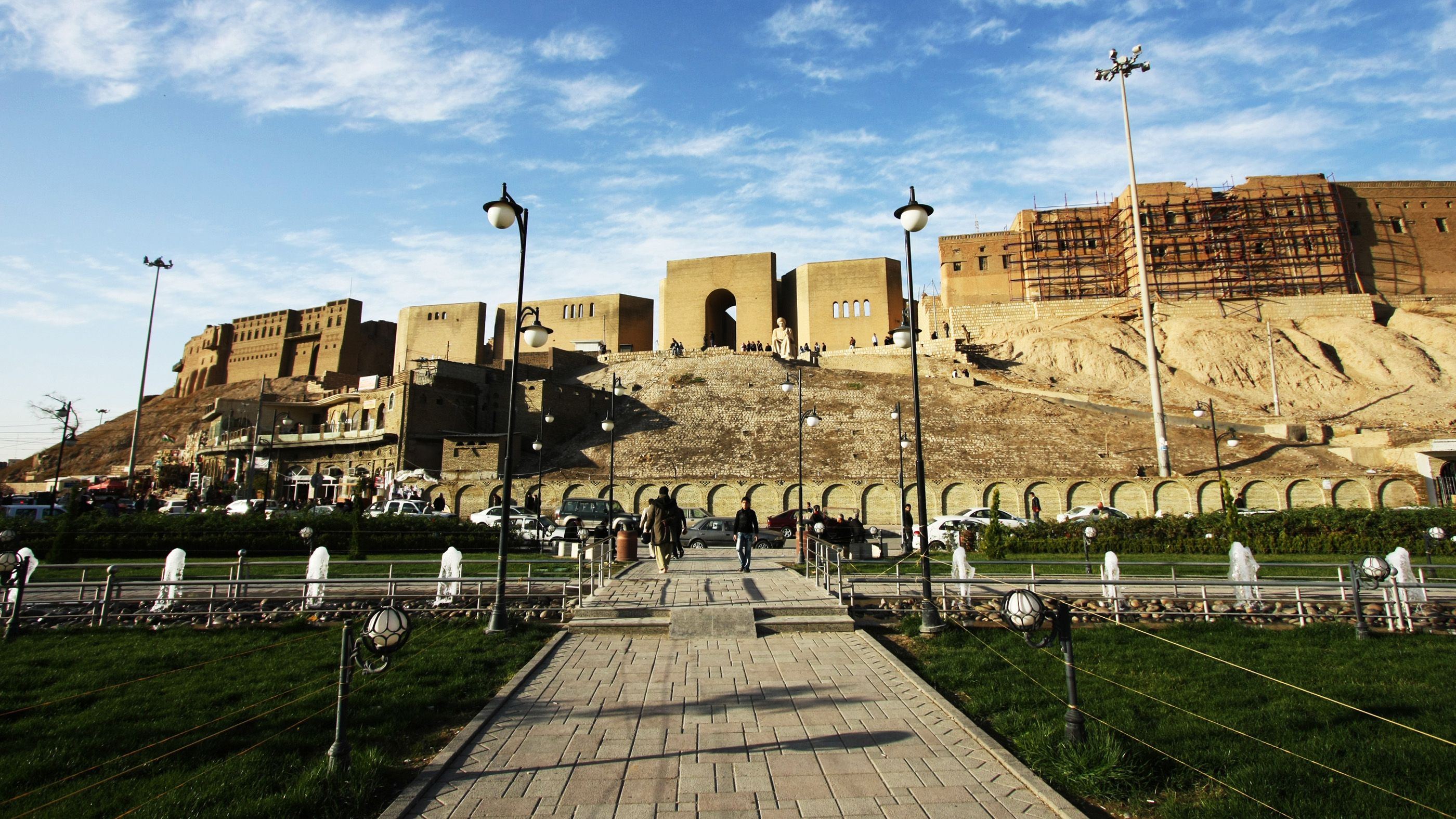What archaeology will look like in 2021

The COVID-19 pandemic, and the economic recession it has fostered, loom large over Live Science’s archaeology predictions for 2021. While the development of vaccines is promising, it will be sometime before they can be distributed to a large proportion of the world’s population.
As such, archaeologists will likely continue to experiment with new ways of doing their work. They will likely rely more than ever on new digging and survey methods that use smaller teams of locally based archaeologists, complimented by many more researchers helping analyze finds virtually. The days of archaeologists holding large conferences in hotels may also be coming to an end, as the pandemic has demonstrated that virtual archaeology conferences are cheaper, more popular and gives a much wider audience the chance to watch and participate. Additionally there are indications that lockdowns and economic recession have led to an uptick in looting and art thefts.
Oh, and expect more mummy-filled sealed coffins to be discovered at Saqqara.
More Saqqara mummies

In 2020, Egyptian archaeologists excavating a series of ancient burial shafts at Saqqara discovered more than 100 sealed coffins with mummies inside. The excavations started in summer 2020, and the number of coffins with mummies continues to rise — and excavations are still ongoing.
In 202, more mummy-filled coffins are likely to be discovered at this site, along with more statues, shabti figurines and other discoveries. Part of the reason why the burial shafts have so many sealed coffins is that they do not appear to have been robbed. Burial sites have been robbed in Egypt in both ancient and modern times, and it is remarkable that looters never found these shafts.
Partial return to excavations

This past year, archaeological excavations were canceled or curtailed while lockdowns and travel restrictions meant that some archaeologists had difficulty accessing labs, archives and museum collections.
While the distribution of a vaccine that appears to be effective against COVID-19 will help the situation for archaeologists, it seems unlikely that things will return to pre-COVID days quickly. Even in relatively wealthy countries, like the United States, it may take some time before much of the population is immunized, and it's not clear when countries in the Middle East and Africa will see much of their populations vaccinated. This means that some travel restrictions and rules regarding social distancing may remain in place for a time in parts of the world.
Sign up for the Live Science daily newsletter now
Get the world’s most fascinating discoveries delivered straight to your inbox.
Additionally, the global economic recession has wreaked havoc on government budgets and may also affect donations to universities and research institutes. This means that even when conditions are safe for archaeologists to resume work, they may have a hard time securing the necessary funding.
COVID-19 looting

There are indications that COVID-19, and the accompanying lockdowns and economic crisis, have led to an increase in looting and thefts. The Antiquities Trafficking and Heritage Anthropology Research (ATHAR) project has reported a rise in antiquities trafficking on Facebook during 2020. There are also reports of theft occurring during lockdowns and it’s possible that the rate of theft now is higher than it was pre-Covid. One example is a Van Gogh painting that was stolen from the Singer Laren museum (where it was on loan from the Groninger Museum) in the Netherlands in March 2020 during a COVID lockdown. The perpetrator (or the painting) has yet to be found.
A Live Science reporter has been gathering data from satellite imagery, artifact shipments and other sources of information, in an attempt to get a better idea as to how looting and theft trends have changed during the COVID-19 crisis. In 2021, we will have more information on what has been looted/stolen.
Virtual archaeology conferences become the norm

In response to the COVID-19 pandemic, archaeologists and archaeological organizations began to change the way they go about meetings and excavations. The American Schools of Oriental Research (ASOR) and the American Research Institute in Egypt (ARCE), among other organizations, made their annual meetings entirely virtual.
Rather than flying to a hotel or other conference center, the meeting participants met from the comfort of their homes. The response was terrific, with some organizations having more attendees at their virtual meetings than they ever did at their in-person meetings. The popularity of the format was partially due to financial reasons as participants didn’t have to pay air travel and hotel costs to attend a meeting. Even after the COVID-19 pandemic recedes it seems likely that virtual archaeology meetings will be here to stay, at least on some level.
Partially virtual excavations

The way archaeological fieldwork is carried out may also change. In 2020, one archaeology team, conducting a series of surveys near Erbil, in Iraq, was unable to fly in team members from abroad so instead a smaller team, composed of team members who lived in the Erbil area, conducted the fieldwork while other team members helped out virtually.
It wouldn't be surprising if more fieldwork projects adopted a similar method; a small "field" team made up of mainly local archaeologists supported by numerous other team members helping out virtually may become more common in 2021 and the years ahead. This method not only limits travel problems but also reduces or eliminates accommodation and airfare expenses.
Originally published on Live Science.

Owen Jarus is a regular contributor to Live Science who writes about archaeology and humans' past. He has also written for The Independent (UK), The Canadian Press (CP) and The Associated Press (AP), among others. Owen has a bachelor of arts degree from the University of Toronto and a journalism degree from Ryerson University.










